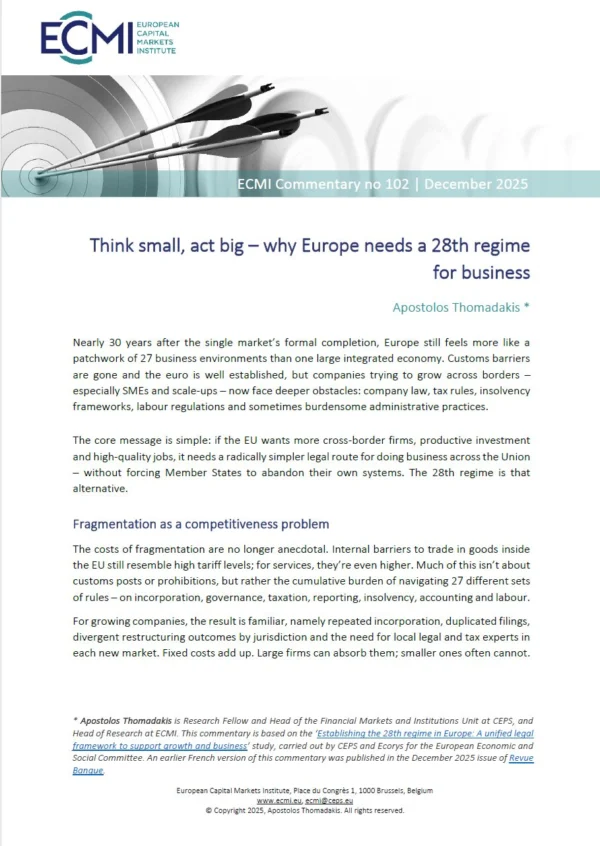Sweden’s capital market stands out in the EU for its depth, inclusiveness and long-term orientation, shaped by decades of pragmatic reforms. Key drivers of its development include pension restructuring, tax simplification and the introduction of accessible savings vehicles – all fostered within a broader culture of trust and openness to financial innovation. From the late 1970s onward, successive measures such as tax-advantaged equity funds, pension-linked accounts and digital investment platforms progressively broadened retail participation and embedded long-term saving habits among households.
The 1990s financial crisis played a pivotal role in accelerating Sweden’s transition toward a more resilient and transparent system, prompting regulatory and supervisory overhauls that reinforced institutional stability. Today, Sweden’s capital market is defined not only by liquidity and depth, but by its alignment across stakeholders – including firms, unions and public authorities – and by the widespread trust it enjoys. As the EU advances the Capital Markets Union and seeks to channel more household savings into productive investment, Sweden offers a compelling model of how coherent policy, institutional credibility and inclusiveness can underpin both economic and social resilience.
To read a short CEPS Expert Commentary that succinctly summarises the key findings of this report, click here.








